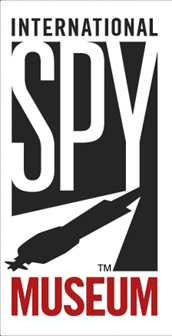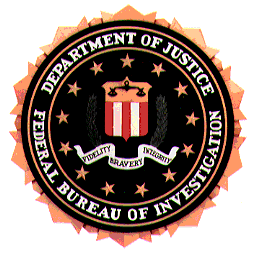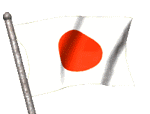
Spy vs. Spy...
 The story of spies, intelligence operations and deceptions that changed the course of history. They also carry the Nick Grant Novels |
|
|
 |
|
Frank Rafalko's Counter Intelligence (CI) Reader has a concise history of US CI . Below is an excerpt from Chapter Four. |
|
(In 1935) The Office of Naval Intelligence (ONI) suspected that the Japanese naval attaché office at the Japanese Embassy in Washington, D.C. controlled their spy operations throughout the United States. Under ONI guidance, efforts were increased to cover Japanese activities, including surveillance of Embassy military officials and suspected Japanese naval officers posing as students at major American universities. Their efforts resulted in the expulsion of Japanese assistant naval attaché, Yoshiro Kanamoto, who was caught photographing the U.S. Navy's fuel oil reserve depot at Point Loma and sketching the North Island Naval Air Station. William D. Puleston, ONI Director, took a personal interest in the so-called language students. "The personality and movements of Japanese language officers are matters of greatest interest to this office, because experience in the past has shown that they engage in illegal activities." ONI was able to confirm the Director's concerns about this perceived threat from deciphering Japanese coded radio messages. In reviewing a Japanese message, a cryptanalyst, Miss Aggie Driscoll, had marked a section with contained the word "TO-MI-MU-RA." Not knowing what it meant, Miss Aggie, as her colleagues called her, showed the message to a Japanese language expert. The expert initially said that the word could reflect a Japanese name but Miss Aggie did not buy that explanation. The expert next suggested that the part of the word "mura" means town but also has an alternate meaning of "son." By putting the first part of the word with "son," the word becomes "Tomison or Thompson. ONI now a lead to a possible spy. The lead led to Harry J. Thompson, a clerk in the Navy, who was contacting his ex-shipmates on behalf of the Japanese. His case officer was Commander Miyazaki, who was in the United States under English language student cover. When the FBI arrested Thompson, Miyazaki suddenly left the United States for Japan. Thompson was convicted under the Espionage Act of 1917 and sentenced to fifteen years at McNeil Island. The radio traffic also revealed another possible American spy, codenamed Agent K. ONI investigation resulted in identifying Agent K as John Semer Farnsworth. Copyright - Frank Rafalko |
 |
| Military Intelligence (MI) Homepage, by Kevin Hula, has an exhaustive collection of current and historical links to a wide variety of every imaginable facet of MI. Highly recommended! |
| Copyright 2008 - 2011 by Jamie Dodson |
Created on ... February 15, 2008
Last updated ... October 27, 2011



